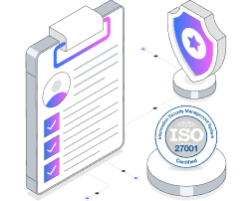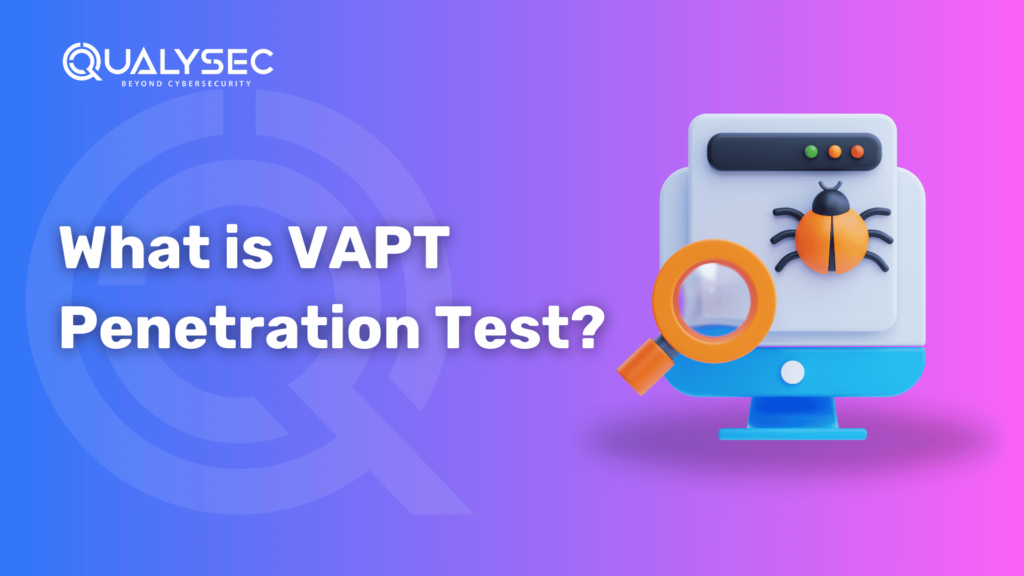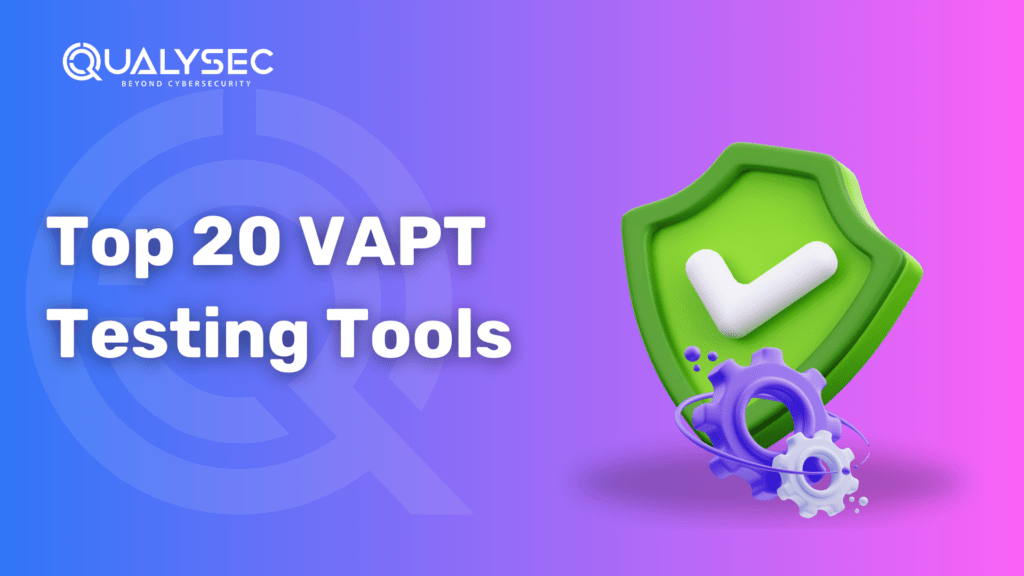What is VAPT Penetration Test?
Because of the extremely rapid development of the digital environment, cybersecurity has become an important concern for companies of any size. With the frequency and sophistication, the frequency of these cyber threats, organizations must ensure the security of their digital assets. For this, one of the best ways to achieve it is Vulnerability Assessment and Penetration Testing (VAPT). It consists of this comprehensive testing approach that can be used to identify, analyze, and mitigate security vulnerabilities in an organization’s IT infrastructure. Today, let’s go through the concept of the VAPT penetration test, how important it is, how it works, and how Qualysec Technologies can help businesses ensure robust cybersecurity. Understanding the VAPT Penetration Test VAPT stands for Vulnerability Assessment and Penetration Testing. Although commonly used in the same context, these two processes have separate purposes in the world of cybersecurity. VAPT is a consortium that offers a complete evaluation of an organization’s security posture, a combination of automated tools, and manual testing techniques. Why is the VAPT Penetration Test Essential? Identification of Vulnerabilities The first stage to secure any system is identifying the potential vulnerabilities. A VAPT penetration test is a test performed to imitate real-life cyber attacks by penetrating weaknesses in the system, application, or network infrastructure. Such a proactive approach therefore aids the discovery of vulnerabilities that would have gone unnoticed through regular security testing. Vulnerabilities in software applications (and web servers), and network configurations, count, and they need to be detected before attackers find them first. Risk Management and Mitigation VAPT helps organizations prioritize their remediation efforts once the vulnerabilities are identified and the risk these vulnerabilities carry to the business. However, a vulnerability in a critical system is not necessarily equal to the value of a vulnerability in the other system, although the latter may have more severe consequences than the former. VAPT allows security teams to prioritize the vulnerabilities, that need attention urgently, and those that can be addressed gradually. Such a security risk-based approach complicates cybersecurity risk management in an organization by directing them towards areas that need immediate remedy and reducing the chances of a security breach. This is a strategic approach to reducing attack surface by diminishing availability to high-risk vulnerabilities and securing high-priority information and assets. Compliance and Regulatory Requirements There are for instance healthcare organizations, banks, and other finance organizations, and government regimens that need to follow standards such as the HIPAA, PCI-DS, and GDPR. These regulations often call for exhaustive security compliance, including vulnerability assessment and penetration testing, so that the sensitive data is not subject to anyone’s unauthorized access. Penetration testing is important for businesses to meet these regulatory requirements, avoid hefty fines, and also to provide a decent reputation to the businesses with clients and stakeholders. Regular VAPT services, on the other hand, show the organization’s dedication to cybersecurity, and also to follow industry standards. Protection of Reputation and Customer Trust Loss of customer trust, financial losses, and legal consequences are some of the major downsides of an organization being breached. Companies must protect the personal and financial data of customers. Customers are harmed by a breach, and a breach can be bad for business, in the long term, by damaging an organization’s brand. Penetration tests conducted regularly by an organization indicate that it is a serious player in cyber security. This indicates that they are taking the right steps to protect sensitive information, formulating a trusting relationship with the customers, and minimizing the risk of a data breach. Proactive Security Strategy Attacks are becoming much harder to prevent; new techniques to get around traditional security are thus being developed by attackers constantly. The ability to. buffer security measures until an attack occurs is no longer acceptable. Instead, organizations must adopt a proactive way to be proactive against cybercriminals. Penetration testing is a part of a proactive security strategy. Organizations like to test their systems, networks, and applications continuously to keep ahead of new threats that could arise and fix them promptly before anyone can implement attacks. One of the ways to reduce the incidence of cyber-attacks and to make it less likely for attackers to succeed. Enhanced Security Awareness and Training The benefit of VAPT testing is not only to find out about and fix vulnerabilities, but it is also educational. Penetration tests help give security teams and employees a better handle on what cybercriminals use to attack. This knowledge shows that their defense strategies are better and that they should keep cybersecurity practices like strong password management, awareness of phishing attempts, and secure coding practices. Pen testing can also be used as a great training tool to help organizations identify the gaps in internal security policies and processes to strengthen an organization’s posture. VAPT Penetration Test Key Components Reconnaissance (Information Gathering) The first penetration test is the reconnaissance, also known as information gathering. In this phase, information that pertains to the target organization and its systems. One wants to learn as much as possible, without actually working with the target system. Such domains could include domain names, email addresses, network topographies through websites, social media DNS queries, etc. Nevertheless, there are two types of reconnaissance. Vulnerability Assessment After getting information, we then determine what the vulnerabilities in the target systems are. Vulnerability assessment tools allow scanning of the network, applications, and infrastructure for existing security flaws, misconfigurations, outdated software, weak access control,s or just exploitable weaknesses. This is done mostly by automated tools, but the importance of people skilled in interpreting and reviewing the findings is crucial because these tools will detect only the simple vulnerabilities and may not catch the complex vulnerabilities that may be exploited. In this phase, all the common vulnerabilities like SQL injection, SSXSS, etc. are identified with operating systems, web servers, and critical infrastructure weaknesses as well. Penetration Testing (Exploitation) The second part of VAPT is penetration testing. In this phase, the tester tries to break engaged vulnerabilities and assess how much damage an attacker can inflict if he





